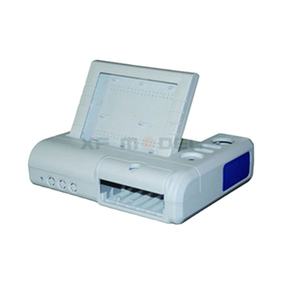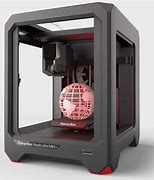**Title: 3D Printing Fails: The One Material You Should Never Use**
(Which Of The Following Material Is Not Work Good For 3d Printing?)
3D printing feels like magic. You design something, press a button, and watch layers of material turn into real objects. People print toys, tools, even houses. But not every material works. Some just refuse to play nice with your 3D printer. Let’s talk about the sneaky material that might ruin your project.
First, think about common 3D printing materials. PLA plastic is popular. It’s easy to use, melts smoothly, and smells like pancakes. ABS plastic is tougher, great for parts that need strength. Resin creates super-detailed prints for jewelry or miniatures. Flexible TPU bends without breaking. Metal-filled filaments add a metallic look. These materials have rules, but they work.
Now, meet the troublemaker: regular wood. Wait, wood? Yes, actual wood. It sounds cool—printing a tiny wooden sculpture sounds eco-friendly and rustic. But trust me, it’s a disaster. Let’s break it down.
Wood isn’t like plastic. It doesn’t melt. If you try to shove wood into a 3D printer nozzle, it burns. Burnt wood clogs the nozzle fast. Imagine trying to push sand through a straw. The printer head gets jammed, and your project stops halfway. Even if it works, the result is fragile. Wood layers don’t stick well. Your “wooden masterpiece” might crumble like a cookie.
Some people mix wood dust with PLA to make wood-like filament. That’s different. This blend acts like plastic but looks woody. It works because the PLA holds everything together. Real wood? No way. It’s messy, unpredictable, and hurts your printer.
Another issue is heat. 3D printers need high temperatures to melt materials. Wood starts breaking down before it melts. This creates smoke, bad smells, and even fire risks. Your cozy DIY project could turn into a safety hazard. Plus, leftover wood particles gunk up the printer. Cleaning it takes hours.
You might ask, “What about laser cutters or CNC machines? They handle wood!” True. Those tools carve wood instead of melting it. 3D printing builds objects layer by layer using heat. Wood can’t handle that process. It’s like trying to bake a cake in a blender—wrong tools, wrong result.
Stick to materials made for 3D printing. Use wood-like filament if you want the look. It’s PLA mixed with wood fibers. It prints smoothly and smells faintly woody. After printing, you can sand or stain it like real wood. No clogged nozzles, no fire risks.
Other tricky materials exist too. Wet clay hardens before printing finishes. Regular paper can’t handle heat. Glass shatters under high temperatures. But wood is the worst offender. It tricks you with its natural charm, then wrecks your printer.
(Which Of The Following Material Is Not Work Good For 3d Printing?)
Next time you’re excited to print something, double-check your material. Save the real wood for carving or laser projects. Your 3D printer will thank you. Keep experimenting, but know the limits. Happy printing—without the sawdust!
Inquiry us
if you want to want to know more, please feel free to contact us. (nanotrun@yahoo.com)

